- Tips & Tricks
- Nov 08, 2023
A Beginner’s Guide to 10 Popular Types of Photography
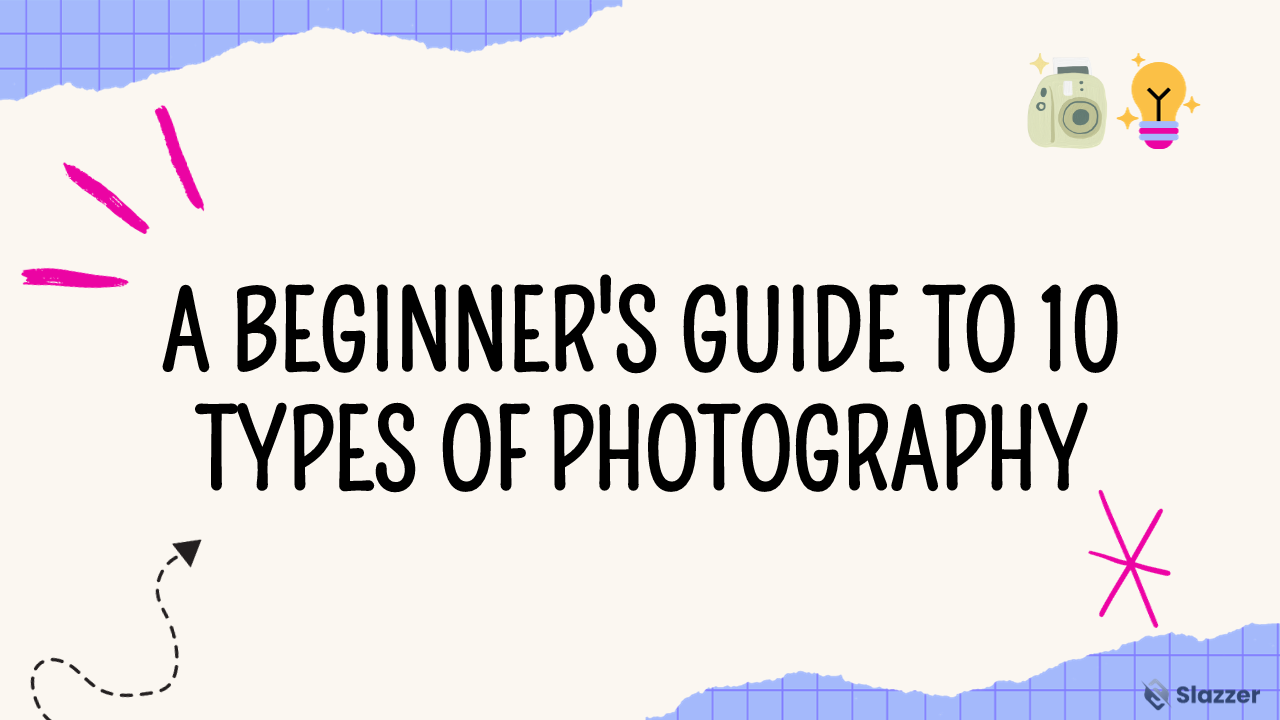
Hey readers, welcome to this beginner’s guide on photography. If you recently got a new camera and are ready to start clicking, this article covers the 10 most popular types of photography you can try, along with some helpful tips and tricks.
Let’s dive in!
Landscape Photography – Capturing the Beauty of Nature
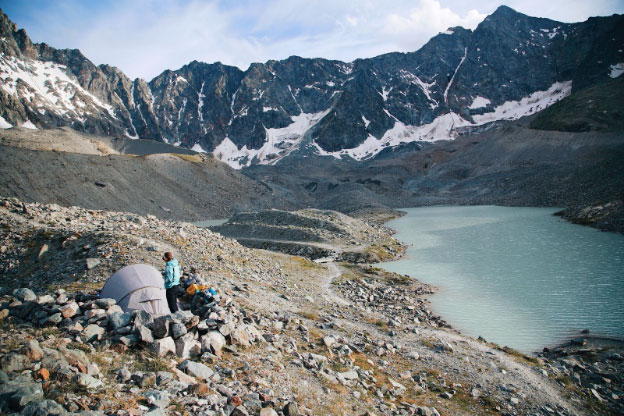
Landscapes provide endless inspiration in their beauty. Find an interesting natural spot near you like a park, beach, or garden. Scout the location beforehand to determine the best views and how lighting changes at different times. The hours just after sunrise and before sunset often offer the most dramatic lighting.
Once on location, focus on composition. Use natural frames such as overhanging branches or a winding path to draw the viewer into the scene. Experiment with different angles and perspectives to make the image more dynamic.
A wide-angle lens is generally best for landscapes.
Patience is key. Wait for the perfect moment when the light is ideal and any unwanted elements have left the frame. Use a tripod for the sharpest shots, especially in low light.
Portrait Photography – Focus on People
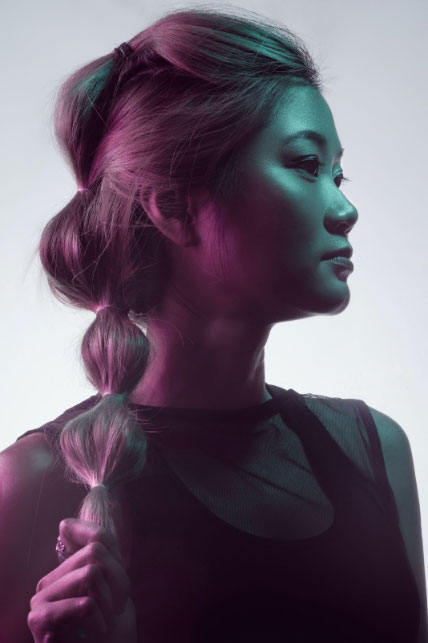
Portrait photography focuses on capturing the essence of a person. To get started, find an interesting subject — maybe a friend or family member — and a simple background.
A tight headshot or from the shoulders up is an easy place to start. Ask your subject to relax, look at the camera, and smile naturally!
Play around with different poses, angles, and expressions to get a variety of shots.
- Use natural light when possible, like light from a window. Turn off the flash.
- Get close to your subject. Fill the frame with their face.
- Focus on the eyes. The eyes are the windows to the soul, so make sure they are sharp and bright.
- Catch candid expressions. Some of the best portraits are unposed, natural smiles and laughs.
- Play with props. A hat, scarf, or favorite book can help capture their personality.
Portrait photography is a fun way to explore and improve your skills. It majorly includes capturing all the details.
Still Life Photography – Artistic Arrangements

Arranging objects artistically and capturing their beauty is the essence of still-life photography. Beginners should start with a simple setup of related items with interesting textures, shapes, or colors.
Group fruit, flowers, or shells on a table. Experiment with lighting from angles to highlight contours and shadows.
Macro lenses enable zooming in on details. Move items around through the viewfinder to find an arrangement that pleases the eye.
Still-life photos can transform ordinary objects into art. An old book, colorful bottles, a bowl of lemons come alive when composed purposefully. Use a colored backdrop, surface, or natural light.
A still-life image should draw viewers in and hold their attention. Pay attention to visual flow and balance in the composition. Capture these artistic arrangements to create something beautiful from simple things. The photos will reflect your perspective.
Street Photography – Candid Moments
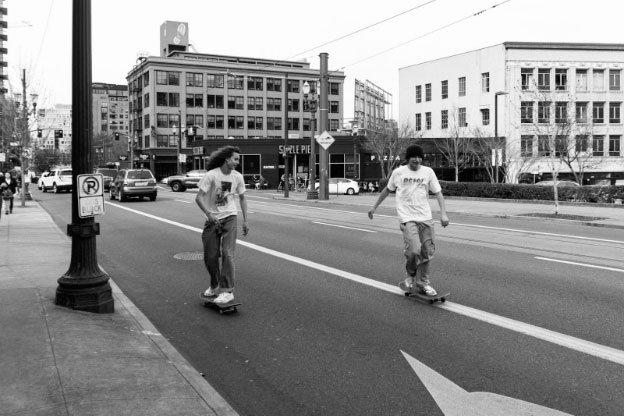
Street photography is all about capturing candid moments of everyday life in public places. You don’t need fancy cameras or equipment, just keep your eyes open for little details and interactions.
As you walk around the city, look for emotive scenes unfolding or little details that catch your eye. Try shooting from the hip without looking through the viewfinder. This can help you get natural shots of people in their element. You never know when a perfect moment might happen, so always be ready!
Some tips to get you started:
- Find a busy spot with lots going on like a park, market, or transport hub. Position yourself somewhere with an interesting backdrop and just watch and wait.
- Try different angles and perspectives for a unique viewpoint. Get up high, shoot down low, or try shooting silhouettes against a bright background.
- Look for emotion and connection between people. Capture laughter, a tender moment between a couple or children playing. These raw, unposed shots often make for the most compelling images.
- Don’t be afraid to get close to your subjects. As long as you do it respectfully, powerful images can be taken up close. But also zoom out to capture the whole scene.
Most of all be safe, just for a single shot don’t get yourself in trouble.
Sports Photography – Action and Motion
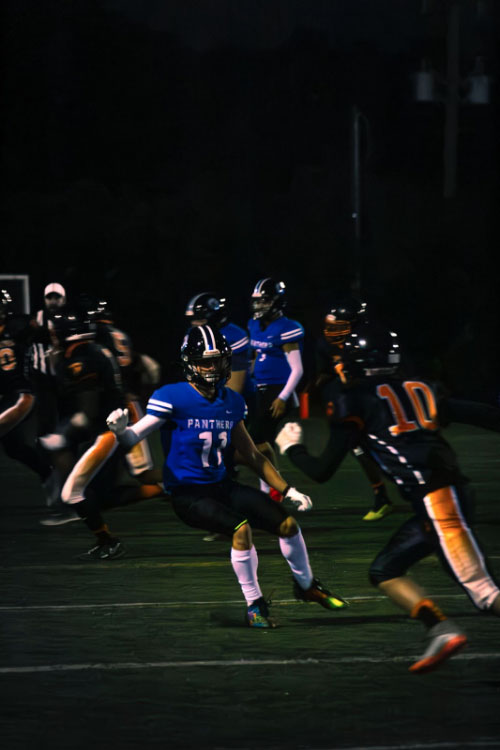
photography(my fav) allows you to capture the thrill of action and motion. To get started, you’ll want a camera that can shoot at a high shutter speed, like 1/500 second or faster. This will allow you to freeze the action without blur.
You’ll also want a zoom lens so you can get up close to the action.
Some tips for great sports shots:
- Focus on the athletes’ faces and emotions. Get close-ups of the determination and intensity.
- Look for peak action moments. Shoot the golfer right at impact, the tennis player reaching for a tough shot, the footballer kicking the ball.
- Vary your angles. Don’t just shoot from the sidelines. Get higher up or lower down. Shoot from behind the action or in front of it. Different perspectives make more dramatic shots.
- Follow the ball. Zoom in tight on a ball in flight – a soccer ball headed for the net or a baseball soaring out of the park. These action-packed shots are fan favorites.
- Shoot in burst mode. Hold down the shutter as the action unfolds. This allows you to capture just the right moment and gives you more shots to choose from.
- Get to know the sport. The more you understand, the better you’ll anticipate the peak moments of action. Do some research before the game to familiarize yourself with the rules and players.
With some practice, you’ll be capturing amazing sports shots in no time. The thrill of freezing a pivotal play or the emotion of victory will make all the effort worthwhile. Remember sports photography takes patience.
Wildlife Photography – Animals in Their Habitat
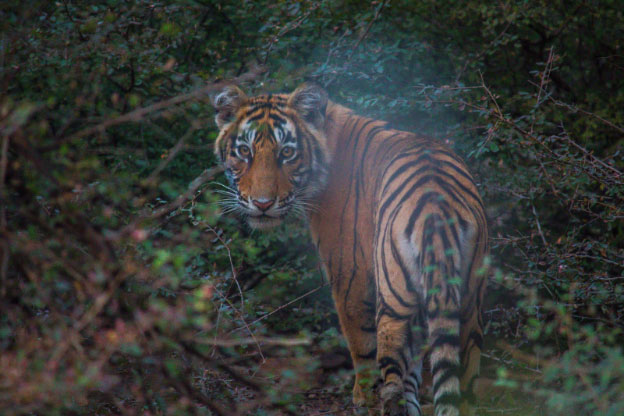
Patience is key for wildlife photography. Waiting still for long periods in a comfortable spot with a good view, like a blind, gives animals time to get used to your presence. Bring snacks, water, and entertainment to pass the time.
The longer you stay in one place, the more comfortable wildlife will become, allowing for close-up shots.
Tips for great wildlife photos:
- Research your subject’s habits and routines to know when to spot them.
- Use a long zoom lens to get close without disturbing wildlife.
- Shoot continuously once you spot your subject to increase the chances of capturing the perfect moment.
- Remain still and avoid direct eye contact to prevent startling your subject.
- Capture both close-up portraits and wide environmental shots.
Some of the best wildlife photos happen unexpectedly.
Macro Photography – Tiny Details Up Close
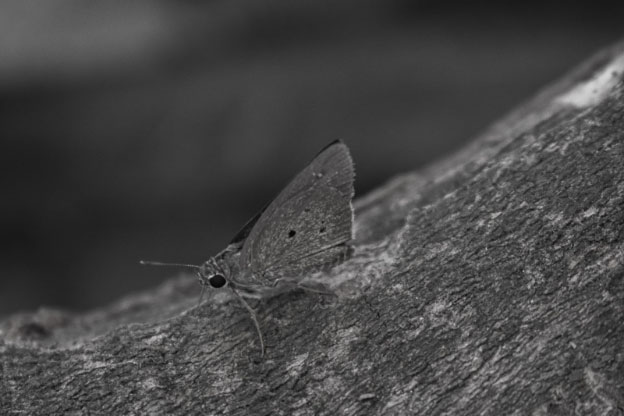
Macro photography allows exploring details and patterns of raindrops on leaves, feather structures, and butterfly wing designs. Many close-up subjects exist.
For macro photos, you’ll need:
- A 40 to 60mm macro lens for most DSLR cameras to focus closely.
- A tripod since small movements causes blurriness at high magnifications.
- An aperture like f/8 to increase the depth of field for more in focus.
- Lighting like flash or LED panels to evenly illuminate close subjects. Diffuse light for best results.
Macro photography provides a new perspective, revealing tiny things’ beauty. Close-ups show miniature details.
Architectural Photography – Buildings and Structures
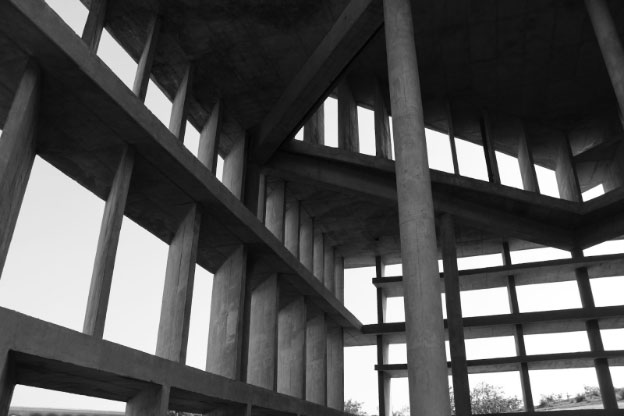
Architectural photography focuses on capturing stunning images of buildings and structures. To get started in this genre, look around your city or town for interesting buildings with dramatic shapes or details.
Frame your shots carefully to highlight specific architectural elements.
For example, zoom in on the entryway of an old church, capturing its ornate stone archways and wood doors. Or photograph a historic warehouse from an angle that accentuates its rustic brick exterior and towering windows.
City halls, libraries, train stations – there’s no shortage of options if you have an eye for design and visual thinking.
Composition is key. Pay attention to symmetry, lines, form, texture, and pattern. Shoot wide angles to capture the entirety of a building, or macro shots to zero in on finer points of interest. Shoot at different times of day when the lighting is most dramatic or flattering.
A building’s facade may glow golden at sunrise and sunset, or become moody and atmospheric under stormy skies.
Architectural photography does require some technical skill.
- Use a wide-angle lens to photograph tall structures in tight spaces.
- Use a small aperture for maximum depth of field so the whole subject remains sharp.
- Use a tilt-shift lens, which can correct the distortion that often occurs when shooting a building from below.
Just think from a different perspective and try to replicate using your camera.
Event Photography – Capturing Special Occasions
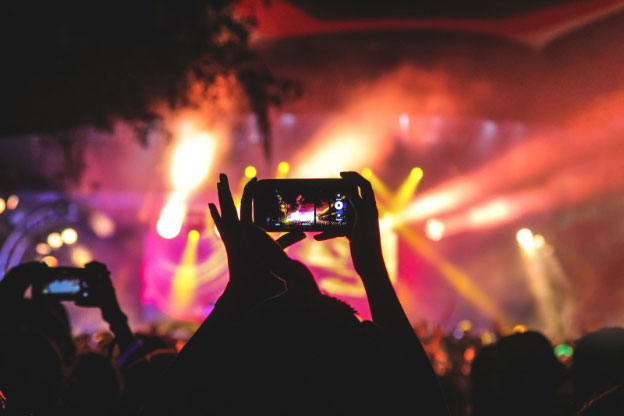
Event photography is all about capturing the special moments of celebrations, parties, conferences, festivals, and more. As an event photographer, your role is to take photos of people, decor, activities, and ambiance throughout the event.
- Be prepared. Create a list of must-have shots with the clients like group photos, cake cutting, first dance, etc. Bring extra batteries, memory cards, and a backup camera.
- Mingle with guests to capture candid laughs, hugs, and smiles. Get close for intimate shots and wide for venue context. Pay attention to details – confetti in the air, a touching hand on an arm, a flower tucked into a lapel.
- Look for emotion and connection. A smiling child dancing with grandpa, friends embracing, a couple gazing into each other’s eyes.
With experience, you’ll get a spidy sense of special moments and learn techniques.
Fashion Photography – Style and Trends
Fashion photography showcases the latest styles and trends through images of clothing, accessories, and models. Photographers bring designers’ visions to life through creative shoots, compelling compositions, impactful lighting, flattering poses, and thoughtful editing.
Staying up-to-date on current industry trends is essential. Attend major events and follow influencers to see what’s new. Then, recommend trending styles to clients and anticipate upcoming seasons.
Begin by building a portfolio through test shoots with local talent. Demonstrate your ability to photograph various products. Network extensively to find clients like brands, bloggers, magazines and agencies.
Let them know about your fashion photography specialty. Use high-quality equipment like DSLR cameras, softboxes, and Photoshop.
Promote your work through an active Instagram presence where you engage with others in the fashion industry to establish credibility.
Capture the latest looks to define what’s trending in fashion photography.
Conclusion
You’ve now learned about 10 of the most popular genres of photography to get you started. Try different angles, subjects, lighting, and settings as you build your skills.
Don’t be afraid to experiment – digital cameras mean you have unlimited shots to play around with. Find what you’re passionate about and pursue it. Build a portfolio of your favorite shots.
Start a blog or Instagram to share your work with others.


Comments (0)